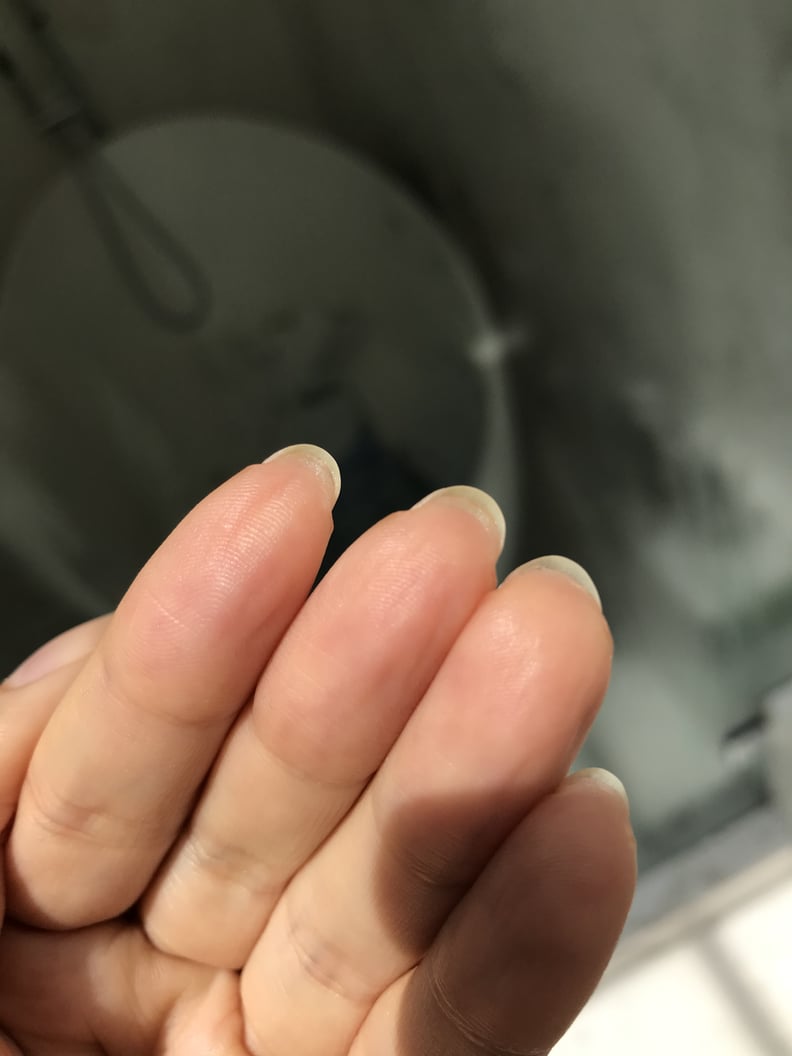
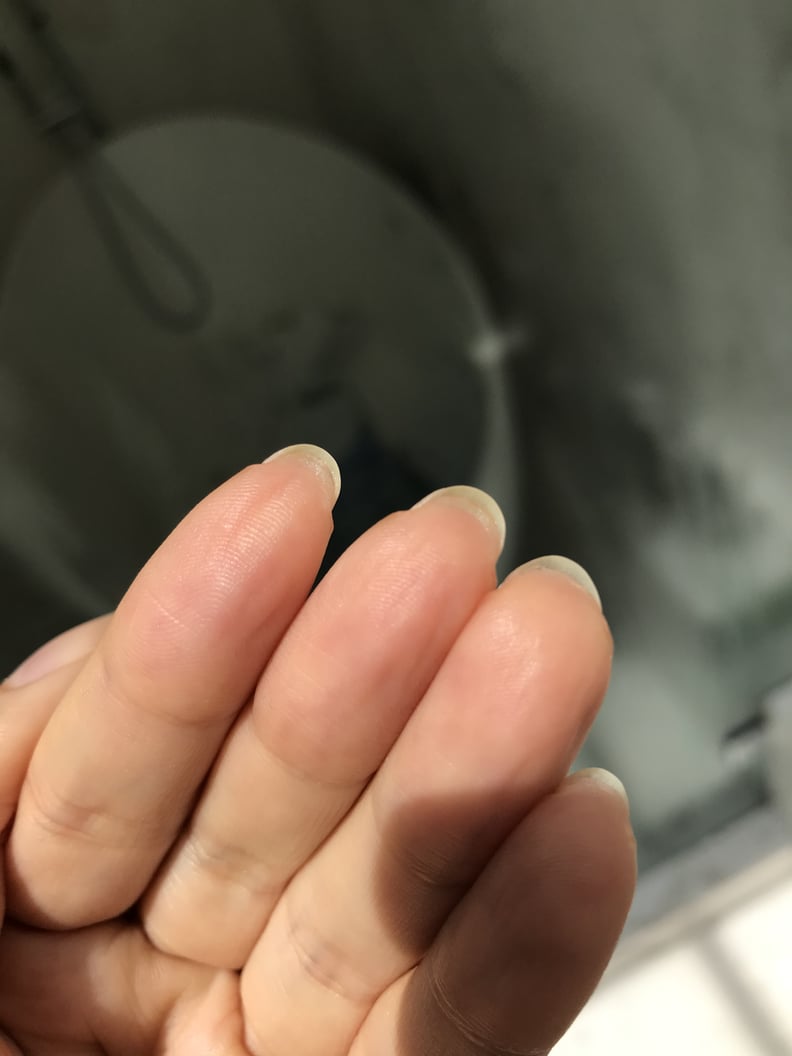 POPSUGAR Photography | Renee RodriguezPOPSUGAR Photography | Renee RodriguezEvery editorial product is independently selected by our editors. If you buy something through our links, we may earn commission.
POPSUGAR Photography | Renee RodriguezPOPSUGAR Photography | Renee RodriguezEvery editorial product is independently selected by our editors. If you buy something through our links, we may earn commission.
For as long as I can remember, I’ve been getting gel manicures without fail every two weeks. Then a few years ago, after one day when I took off my polish, I noticed that the skin underneath my fingernails was protruding further than my actual nail. I originally thought it was a nail growing under nail situation, but after close inspection, I realized it was just skin. Regardless, it made it uncomfortable to trim them short, and I had to be wary when I was at the salon. Nevertheless, I still continued my biweekly manicure appointments, and it wasn’t until much later that I learned what it actually was: an overgrown hyponychium.
When my city closed all nonessential businesses back at the start of the pandemic in 2020, one of the first things I did was remove my gel manicure. What I noticed in the weeks that followed surprised me. The skin under my nails began to recede, and they started to look normal again on a few fingers. After a few Google searches, I read about something called the hyponychium and how it could be the cause of my past discomfort. If you’ve never heard of the hyponychium (pronounced hai-pow-ni-kee-uhm) before, you’re not alone. Curious to learn more, and in case others were experiencing the same hyponychium overgrowth that I had been, I reached out to professional manicurists to answer all my biggest questions. Keep reading to learn what the hyponychium is, how to combat an overgrown hyponychium, and what you can do about skin growing under nails.
What Is the Hyponychium?
“The hyponychium is the tissue under the free edge of the nail,” says Brittney Boyce, a consulting nail artist for Orly. “It seals the nail plate to the tip of the finger. It also acts as a seal to prevent pathogenic bacteria from entering the finger.”
The hyponychium is located near the fingertip, which means that when I was attempting to trim my nails shorter, I was having a hard time completing the task without also trimming the hyponychium, which was ultimately the cause of a lot of discomfort. This can cause thick skin under toenails, too. Although I finally had a name for what I was seeing, I was still interested in learning what caused the overgrowth in the first place, as well as what I could do to prevent it.
What Can Cause an Overgrown Hyponychium?
Boyce says there are three main reasons that can cause the hyponychium underneath the nails. “The most common reason is because the hyponychium attaches to the underside of the nail as it grows,” she says. “For some, it seems to be genetic, while for others, it may be caused by wearing your nails long with gel or acrylic nails for too long, contact dermatitis, or some sort of nail injury. Nail psoriasis and fungal infections can also cause this to happen.”
If you’re experiencing symptoms that could be related to nail psoriasis or a fungal infection, such as odor coming from the nail, separation of the nail from the nail bed, or nail crumbling, it may be time to reach out to a dermatologist.
Then, there’s also another surprising reason: “Biting your nails can also lead to an overgrowth, and picking it can actually lead to infections,” says Boyce. “Be gentle with it, and if it starts to look discolored or smell, see a dermatologist.”

 Renee Rodriguez
Renee Rodriguez
How to Treat an Overgrown Hyponychium
“If it’s due to an overgrowth caused by long nails, take a break from time to time and maintain short nails,” she says. “Use cuticle oil or a cuticle remover to soften the thickened skin. If it’s caused by nail psoriasis or fungal infections, see your dermatologist for a topical treatment.”
Another idea would be to try nail cycling, an expert-recommended trend that may help improve the health of your nails.
To soften the thickened skin, try using a cuticle remover like the Sally Hansen Nail Treatment 45129 Instant Cuticle Remover ($5) or a cuticle oil like the Orly Argan Cuticle Oil Drops ($15). (You can see some of our other favorite cuticle oils here.)
“Put [the oil] on the hyponychium and gently push it back after you shower,” says Boyce. By doing this, it may be possible to reduce the growth. (When doing this step, be sure to use a cuticle pusher versus cutting the skin — more on that below.)
If you can’t live without your gel manicures, another option is switching over to builder gel, otherwise known as BIAB nails. The product adds a layer onto the nail and is considered safer than regular gel manicures. “Using a builder gel on top of the nail plate will offer that same support that the hyponychium functions as, and in some cases you may notice some recession of the elongated hyponychium,” Vanessa McCullough, celebrity nail artist and nail educator, tells POPSUGAR.
I’ve actually been getting builder gel manicures for the last three months, and for the first time I’ve noticed my hyponychium has completely receded on almost all of my fingers. Although I plan to take a break next month, in the future I’m going to stick with builder gel whenever I get manicures.
What You Should Avoid When Treating the Hyponychium
There are a few things Boyce recommends avoiding if you’re having issues with your hyponychium.
“Don’t cut the skin in this area. That can make it more sensitive and can also be painful. If the skin isn’t discolored, painful, bleeding, or smelly, you can soften it at home. But if it doesn’t look right, don’t disregard it — see a dermatologist.”
If you’re going to a salon, Boyce suggests letting your nail tech know ahead of time. “This way they can be careful when working around that area. Some clients prefer cutting their own nails first so they can avoid having a nail technician cut it. That’s completely fine.”
Renee Rodriguez is a staff writer and social producer for POPSUGAR. She writes across all verticals, but her main areas of expertise focus on fashion and beauty content with an emphasis on reviews and editor experiments. She also produces social content for POPSUGAR’s TikTok and Instagram accounts.

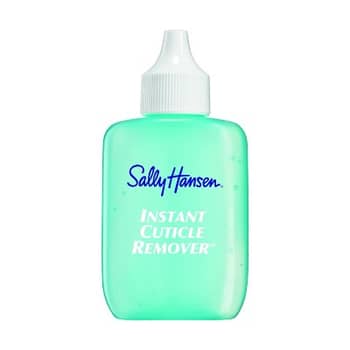 Sally Hansen Nail Treatment 45129 Instant Cuticle RemoverFrom$5$5 at Target
Sally Hansen Nail Treatment 45129 Instant Cuticle RemoverFrom$5$5 at Target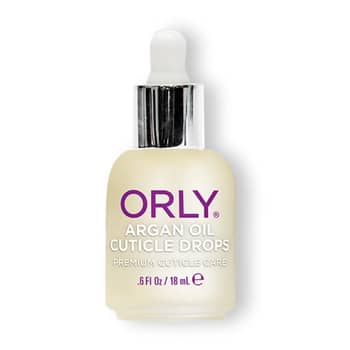
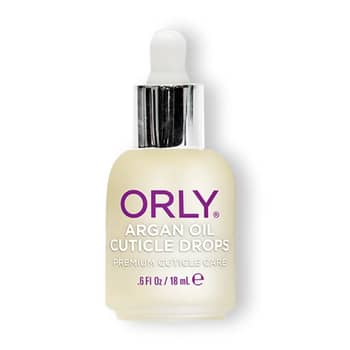 ORLY's Argan Cuticle Oil DropsFrom$15$15 at ORLY
ORLY's Argan Cuticle Oil DropsFrom$15$15 at ORLY


